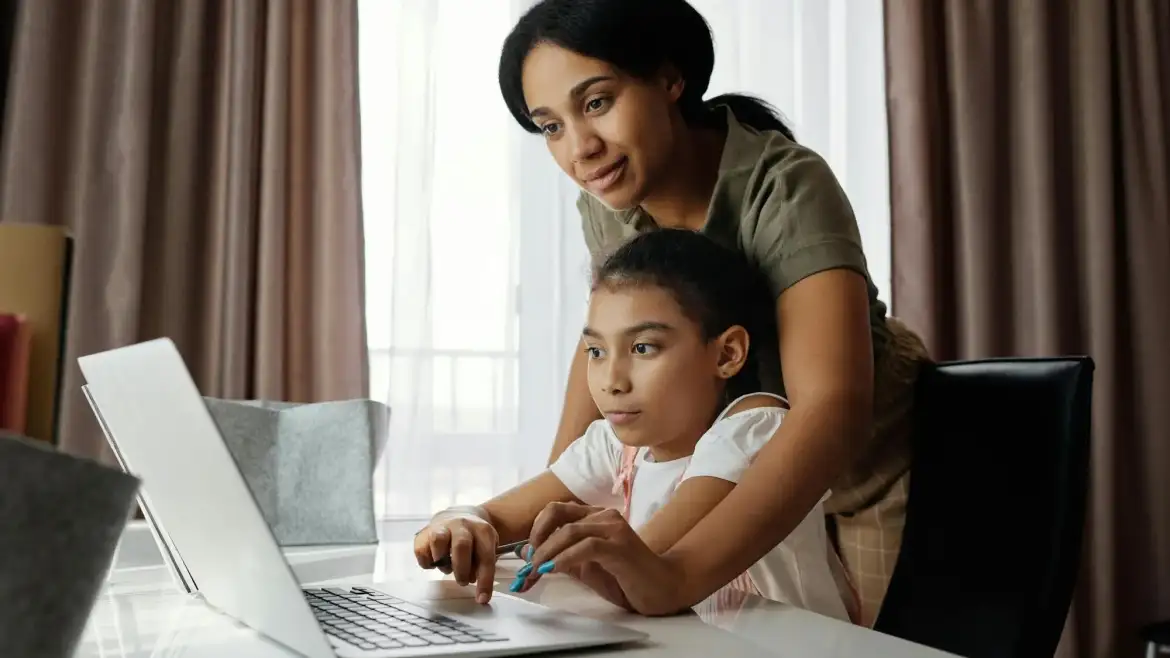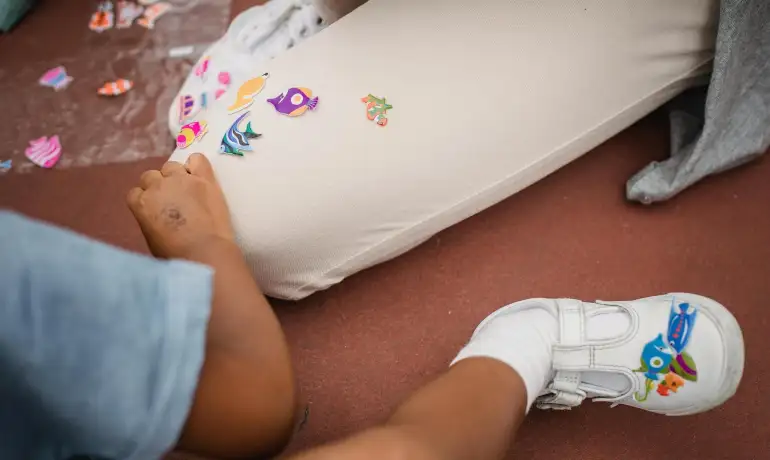If you’re a parent in Singapore gearing up for primary school registration, you’ve probably been hit with a tidal wave of information—MOE phases, balloting rules, sibling priority, distance bands… and maybe even a little panic.
Let’s make things a little easier (and friendlier). This guide isn’t just about dates and documents—it’s about what actually happens during the primary school registration process, what parents wish they had known, and how to emotionally prepare your child (and yourself!) for the big leap into Primary 1.
So, You’re About to Register for Primary School… Now What?
The Basics in Plain Language
In Singapore, primary school registration usually begins in July and runs through several MOE-assigned phases. These range from Phase 1 (for siblings of current students) to Phase 3 (for international students).
Applications are submitted online via the MOE portal, and parents need a Singpass with 2FA. Sounds technical, but it’s manageable once you break it down.
How It Really Feels for First-Time Parents
There’s also the emotional side—parents feeling nervous, group chats buzzing with rumors, and last-minute document scrambles. Trust us: you’re not the only one refreshing the MOE website every few hours during balloting week.

What Most Guides Don’t Tell You (But Other Parents Will)
Stories from the Playground
Here’s what seasoned parents wish they knew:
- Start earlier than you think—don’t wait until June.
- A school with strong values and a good principal can be just as impactful as a “top” school.
- Prepare all your documents early (especially proof of address—it matters a lot).
What Happens After You Click Submit
You’ll wait. If your school is oversubscribed, there may be balloting, which prioritizes kids based on citizenship and home-to-school distance. Results are posted online—no dramatic phone calls or balloons. Just… a notification.
And yes, some parents cry (either from joy or frustration). It’s okay.
Choosing the “Right” School (It’s Not Always the Famous One)
Beyond Rankings: What Really Matters
While it’s tempting to go after the “big name” schools during primary school registration, don’t overlook:
- School environment and culture
- Classroom sizes and teacher-student engagement
- Learning support for different types of learners
- How the school supports non-academic development
Proximity, Balloting, and Strategy
If two kids apply for the same school, the one living within 1km gets higher priority. That’s why some parents move homes or volunteer at schools ahead of time.
Be strategic—but realistic. The best school is where your child will feel safe, supported, and confident.
Getting Your Child Emotionally Ready for Primary 1
It’s Not Just About Forms and Phases
Children need help preparing emotionally too. You can:
- Talk to them about what “big school” will be like
- Practice routines like early wake-ups and packing a bag
- Build their independence with small daily tasks
Building Confidence, Not Just Academics
If your child is shy or anxious, start easing them into social situations and problem-solving early on. Soft skills often matter more than hard academics in the first few weeks of Primary 1.
What If Your First Choice Doesn’t Work Out?
Don’t Panic—Here’s What You Can Do
Didn’t get in? Try the 2C Supplementary phase. Keep checking vacancy updates. Many parents find that Plan B schools are just as good—or even better.
Real-Life Examples of Plan B That Worked
Some children thrive in smaller schools or with teachers who have more time to focus on individual growth. What looks like a loss at first can turn into a great surprise.
How Preschool Plays a Key Role in Primary School Readiness
It All Starts Sooner Than You Think
Preschool isn’t just about coloring and snacks—it’s where kids learn routines, resilience, and social skills. These are the exact traits that help children adapt well to Primary 1.
Many families don’t realise until they start primary school registration just how much a strong preschool background helps in easing the transition.
Discover Little Unicorn Preschool
At Little Unicorn Preschool, we focus on helping children grow in confidence, independence, and curiosity. Our curriculum balances play with structure—preparing children not only for primary school, but for life.
If you want a preschool that partners with you on your child’s learning journey, book a visit and see how we make early education magical.
Frequently Asked Questions (FAQ)
When does primary school registration begin in Singapore?
Usually in July, with different dates for each phase. Always refer to the official MOE guide.
What documents do I need?
You’ll need your child’s birth certificate, parents’ ICs, and proof of address. Additional documents may be required for certain phases of primary school registration.
What if I miss a phase?
You can apply during the next eligible phase or in the 2C Supplementary round. But your chances may vary depending on school availability.
What’s balloting, and who needs to go through it?
Balloting happens when there are more applicants than places. Priority is given to those living nearer and to Singapore Citizens.
How can I help my child get ready for Primary 1?
Focus on routines, emotional confidence, and social skills. Attending a strong preschool also builds a solid foundation for a smooth transition—especially useful during or after primary school registration.
Need a Preschool That Understands the Bigger Picture?
Primary school registration can feel overwhelming, but you don’t have to figure it out alone. With the right guidance and a strong preschool foundation, the transition can be smoother—for both you and your child.
At Little Unicorn Preschool, we believe in nurturing every child’s potential with heart, structure, and joy. Whether you’re still preparing or already registering, we’re here to walk with you every step of the way.



